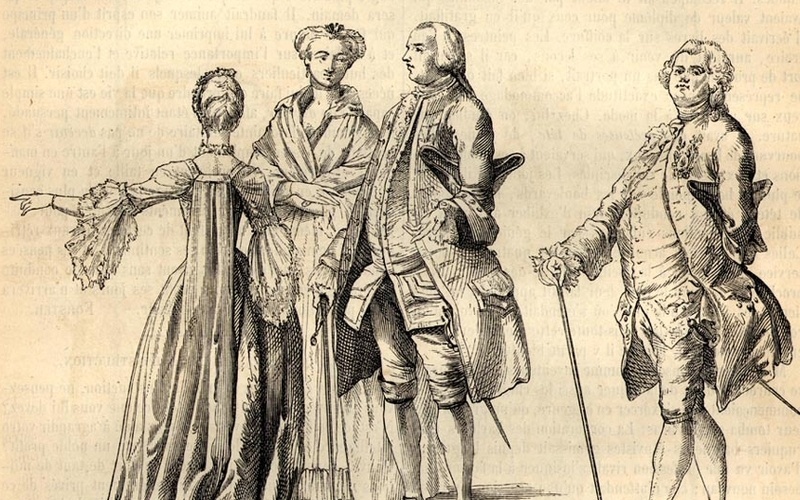
French Society
French society in the 18th century was divided into orders or estates. Clergy formed the first estate, nobles the second, while the third estate included the rest of the population, made up of the bourgeoisie, peasants and urban laborers.
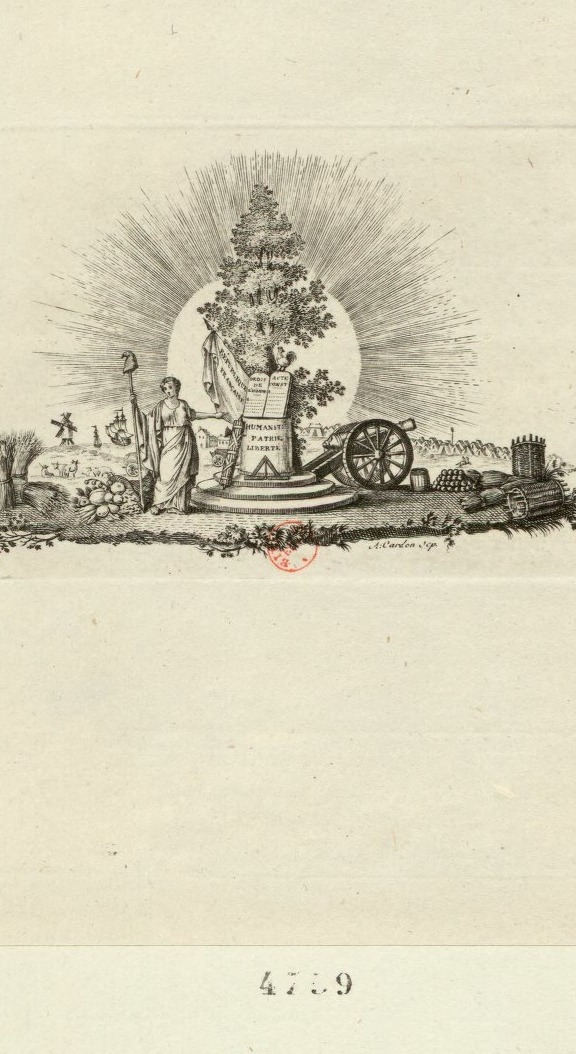
1 of 3
Agricultural production was growing continually, even though new technology and tools were not always used.

2 of 3
France registered significant demographic growth, from a population estimated to be anywhere between 14 and 22 million people, to an estimate of between 23 and 28 million. Even so, it was below the European average for that time.
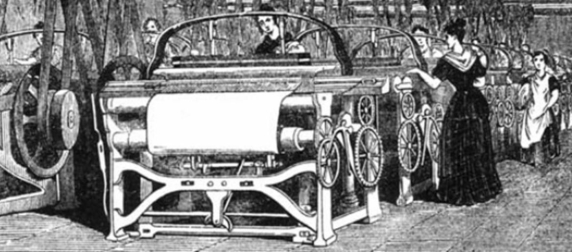
3 of 3
Industry excelled, especially in the textile production sector. It was strongly supported by the construction of roads.
Catholicism was the state religion. There were 130,000 clergy, of which 60,000 were members of the monarchic orders and 70,000 were secular priests working in parishes.
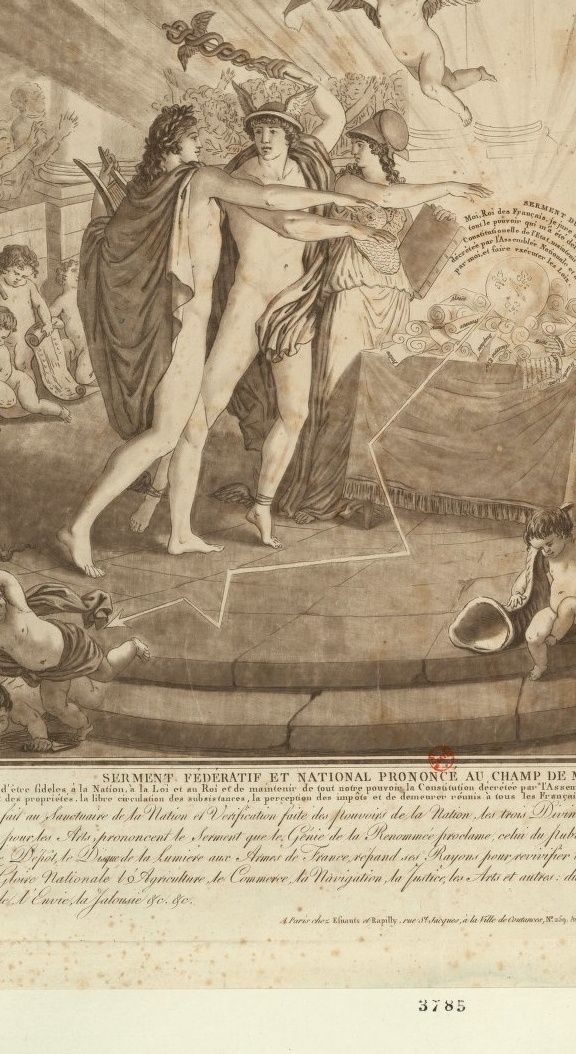
1 of 5
The leaders of the clergy were chosen from the great aristocracies. The priests, however, were of bourgeois or peasant origins.
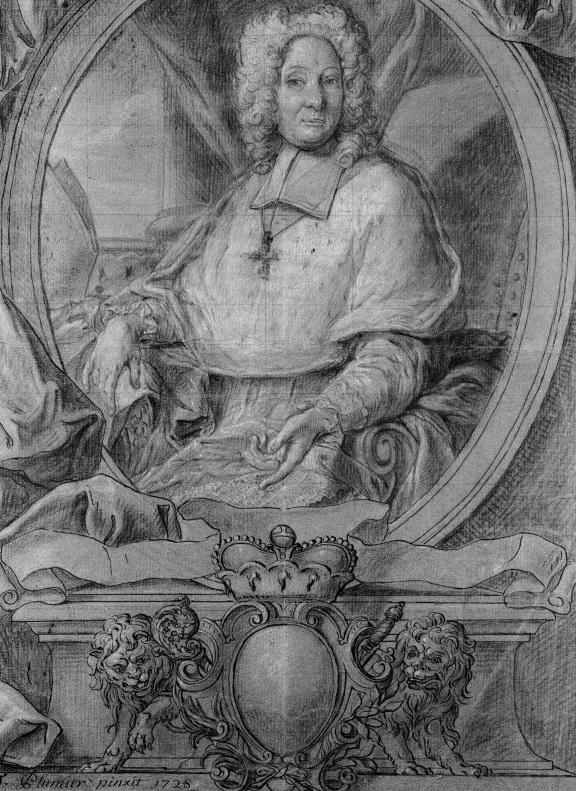
2 of 5
Many bishops held more than one diocese. However, they were never seen in any of them.
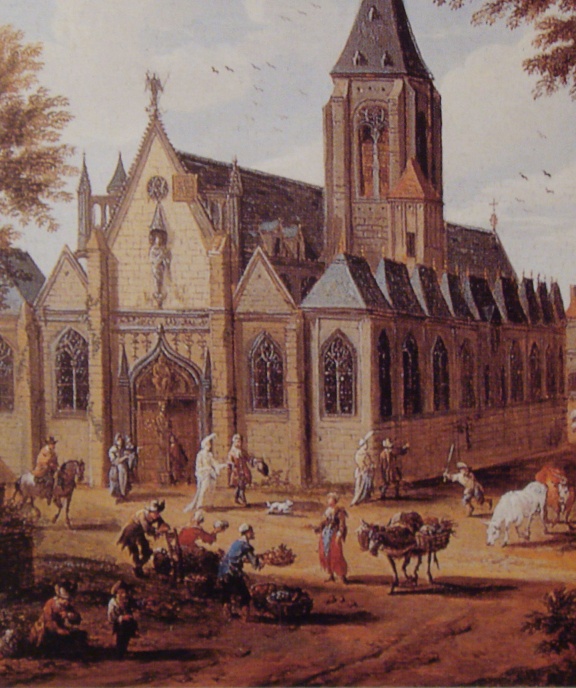
3 of 5
The youngest sons of great noble families held high positions in the Church. Their goal was to obtain profit from the immense wealth of the Church. Thus, the income of the Archbishop of Strasbourg was 400,000 livres per year. Priests received between 7,000 and 10,000 livres per year.
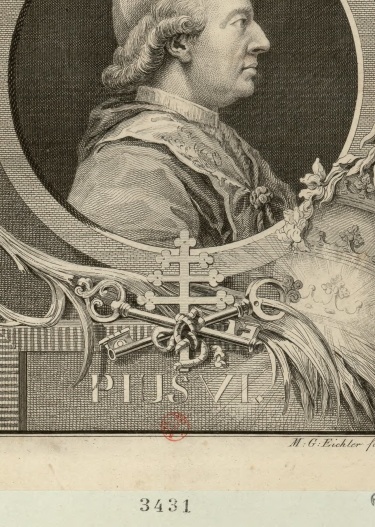
4 of 5
The clergy had many privileges, the most important of which was exemption from taxes. Instead of taxes, the Clerics Assembly, dominated by bishops, agreed with the king to pay the crown an annual sum of ‘don gratuity’, that is, free gift. This sum was less than 5% of the priests’ income. It was much less than taxes would be.
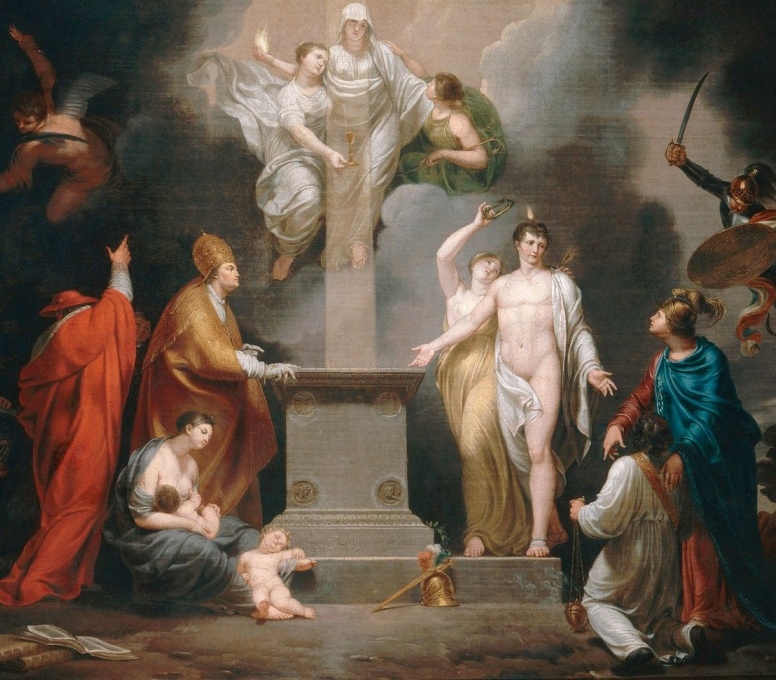
5 of 5
The roles of the Church extended further than just practicing religion. Priests were also censors. They took care of hospitals, schools and the poor. Priests held the records concerning population evidence, noting all births, marriages and deaths in the parochial registers. The church acted as a minister of information.
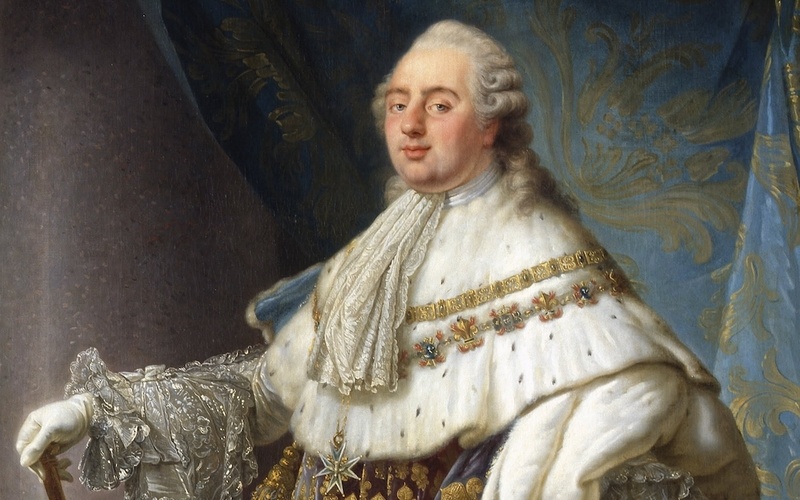
The Old Monarchic Regime
The French Monarchy, Louis XVI of Bourbon and Marie Antoinette Josepha Johanna ďAutriche Lorraine. The administrative Chaos and the French system of taxation
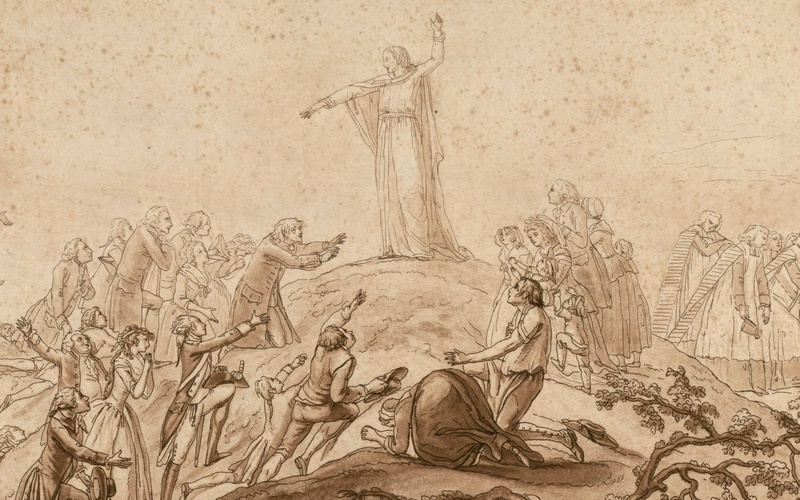
The influence of the Enlightenment on the Revolution
The Enlightenment and its era, transformation of the monarchy, apparition of Deism, new political and economic values in society, Enlightenment personalities, public opinion
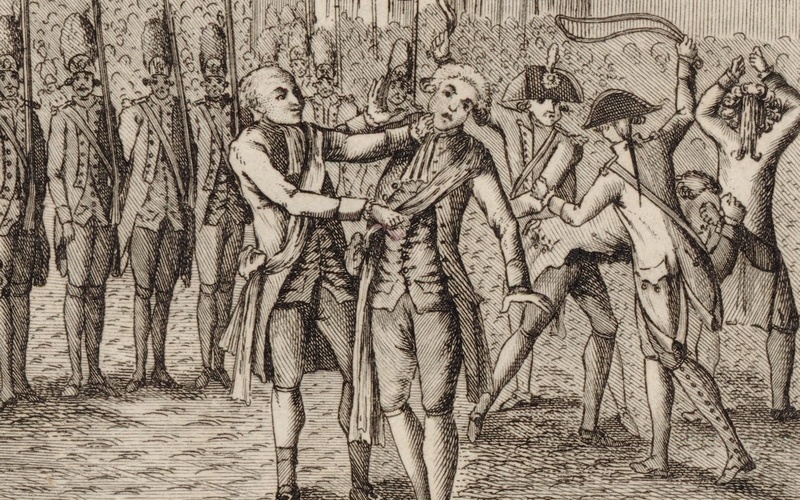
Causes of the Revolution
The origins of the French Revolution can be traced back to four revolutionary movements in the latter part of the 18th century. These movements shook French society and royal power to their foundations.
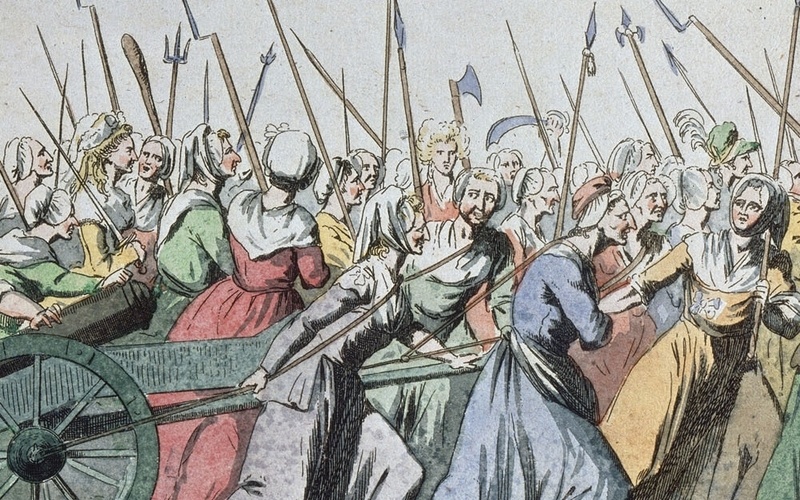
The revolution
Reforms of the Constituent Assembly, the declaration of the rights of man and of the citizen, conflict between the king and the National Assembly, secularization of church wealth, the Jacobin and the Cordeliers Club, the 1791 Constitution, Champ de Mars.
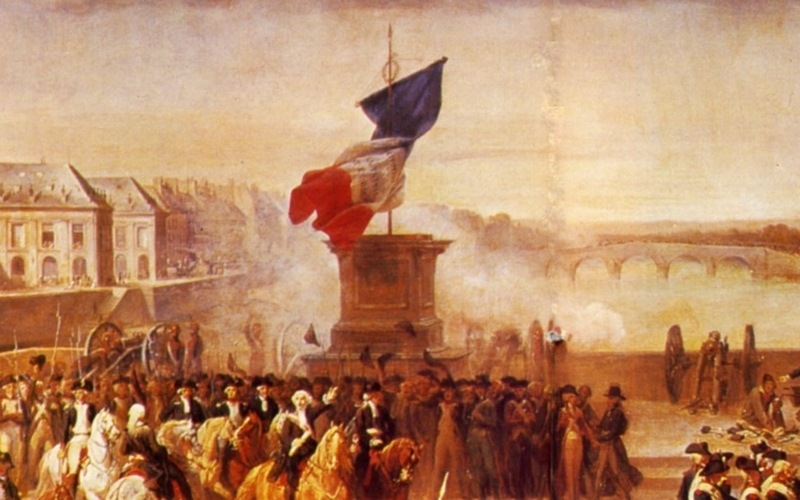
Removal of the monarchy and the Paris Commune
War-time fragility, La Fayette’s Revolt, the homeland in danger, inauguration of the Revolutionary Commune, the fall of the monarchy.
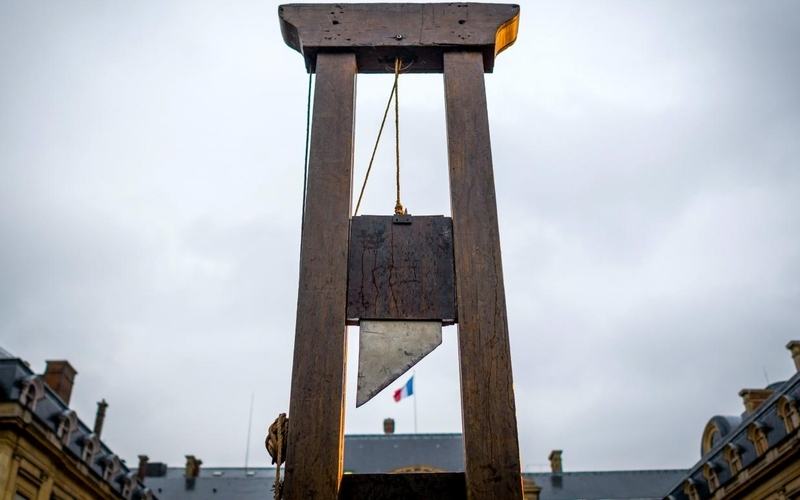
The revolutionary government and the Terror
The guillotine remains the symbol of the Terror. Power struggle: Girondist and Jacobins. September massacres. Trial of Louis 16th. Dechristianisation.
- Barnea Alexandru, Istorie, manual pentru clasa a X-a, Ed. Corint, Bucureşti, 2005
- Duncan Townson, Franţa în revoluţie, Ed. All Educaţional, Bucureşti, 2000
- Marinela Elena Bogdan





